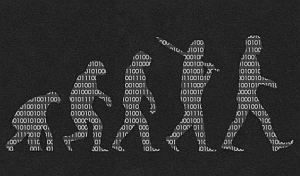Users of a Web-based video game developed by McGill University computer scientists in Montreal, have helped advance an understanding of the genetic basis of diseases such as Alzheimer’s, diabetes, and cancer over the past year. Jérôme Waldispuhl of the McGill School of Computer Science and collaborator Mathieu Blanchette released results today of the solutions collected over the last year from their game Phylo.
Waldispuhl and Blanchette designed Phylo to allow casual game players to contribute to medical research by arranging multiple sequences of colored blocks that represent human DNA. By looking at the similarities and differences between these DNA sequences, say Waldispuhl and Blanchette, scientists can gain new insight into a variety of genetically-based diseases.
Waldispuhl and his students came up with the idea of using a video game to solve the problem of DNA multiple sequence alignment because it is a task that is difficult for computers to do well. The results tabulated over the past year show Phylo’s 17,000 registered users have played the game for fun or choose to help decode a particular genetic disease.
“Computers are best at handling large amounts of messy data, but where we require high accuracy, we need humans,” says Waldispuhl. “In this case, the genomes we’re analyzing have already been pre-aligned by computers, but there are parts of it that are misaligned,” he adds. “Our goal is to identify these parts and transform the task of aligning them into a puzzle people will want to sort out.”
Since the researchers launched Phylo in November 2010, they received more than 350,000 solutions to alignment sequence problems. Waldispuhl says players have contributed to better understanding the regulation of 521 genes involved in a variety of diseases. “It’s a synergy of humans and machines,” Waldispuhl notes “that helps to solve one of the most fundamental biological problems.”
A mobile version of the game is also available.
Read More: iPhone App to Test Brain Training in Older Adults
* * *


 RSS - Posts
RSS - Posts
You must be logged in to post a comment.